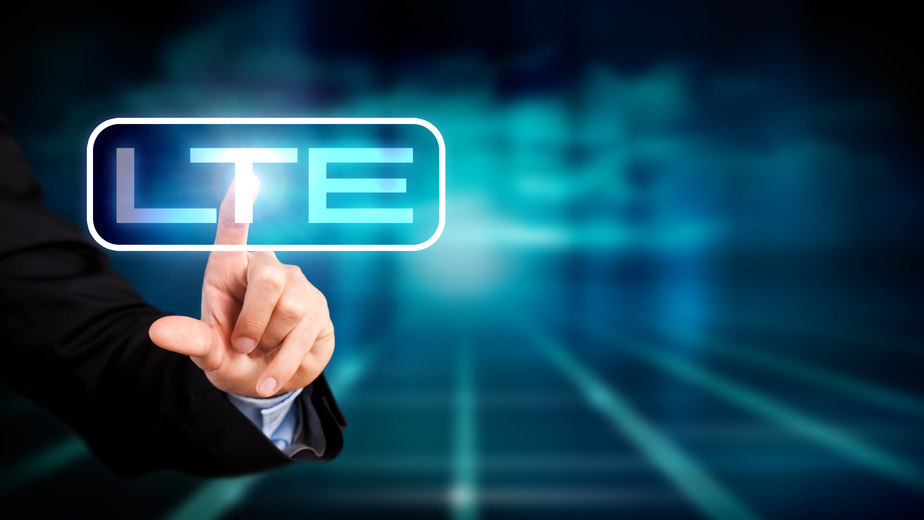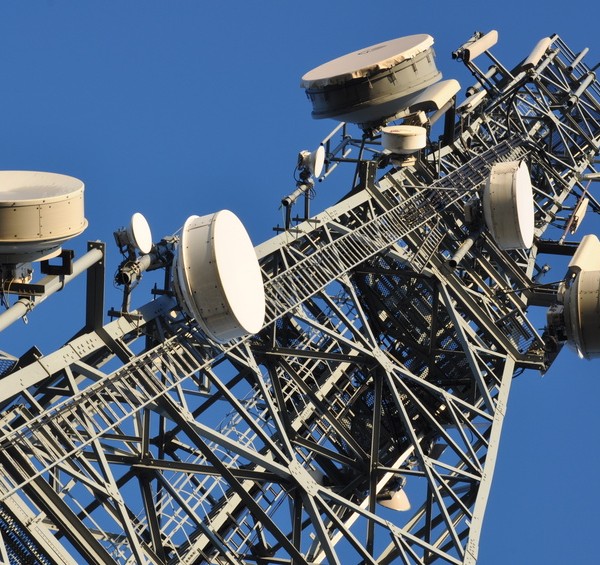Long Term Evolution (LTE)
What is LTE?
The LTE, or “Long Term Evolution” data network standard promises to offer revolutionary data network performance for mobile devices. It is capable of dramatically higher throughput speeds, and is currently able to offer five megabits or more of downstream communication to mobile devices such as notebook computers, desktop computers, mobile phones and tablets such as Apple’s iPad. This service promises superior latency, potentially lower than five milliseconds, compared to 100 milliseconds or higher on previous 3G and 2G networks. This will lead to higher performance in latency intensive applications such as Voice Over IP communication, online meetings and multiplayer games. The higher bandwidth means faster download speeds, faster upload speeds, and smoother streaming media such as video and music.
Technical Attributes of 3GGP LTE / Third Generation Partnership Project Long Term Evolution:
- Based on UMTS/HSPA 3G and GSM/EDGE 2G technologies
- Designed by the 3GPP, or Third Generation Partnership Project
- Not technically defined as “Fourth Generation” by ITU-R
- More advanced version of 2G/3G data service
- Theoretical downstream rate of 300 megabits per second peak
- Theoretical upstream rate of 75 megabits per second peak
- 20 MHz band width in the radio frequency spectrum
Where is LTE service available?
Current countries that have implemented one or more LTE networks include the United States, Canada, Australia, Brazil, and Japan. Trial systems have been deployed in various countries in South America, Europe and Africa. Implementation of this technology is planned throughout Central America, Russia, Eastern Europe, Southeast Asia, Africa and South America. LTE technology is likely poised to dramatically expand the accessibility of high speed Internet connectivity throughout the world, especially to locations without a robust wired network infrastructure.
What devices currently support LTE?
LTE is supported on a wide variety of consumer electronics. Smart phones such as Apple iPhone 4, the Samsung Galaxy S II series, the Samsung Galaxy Indulge and the HTC Thunderbolt support this technology currently. Numerous tablets support LTE as well. USB devices are available to add support to desktop and laptop computers.




